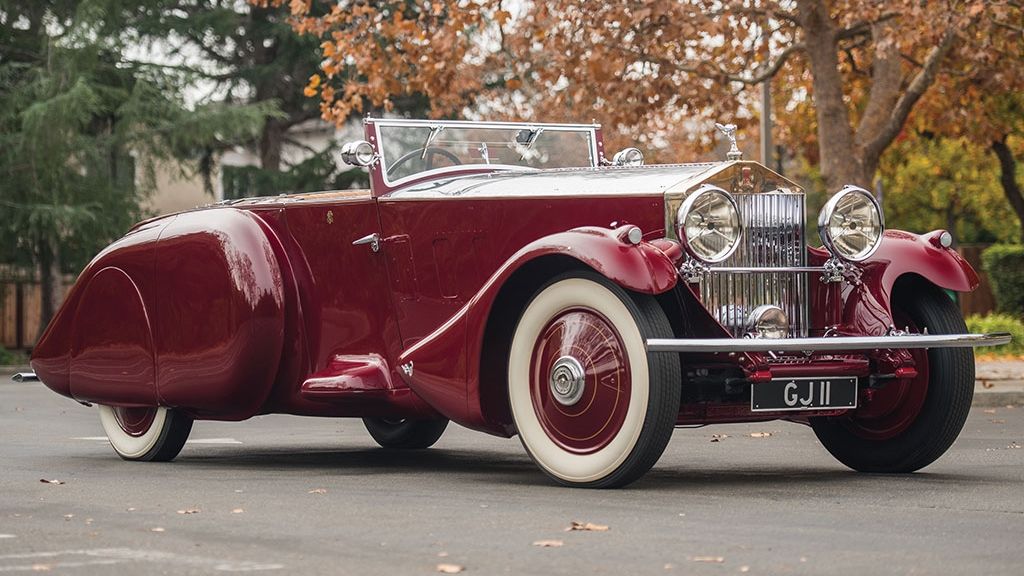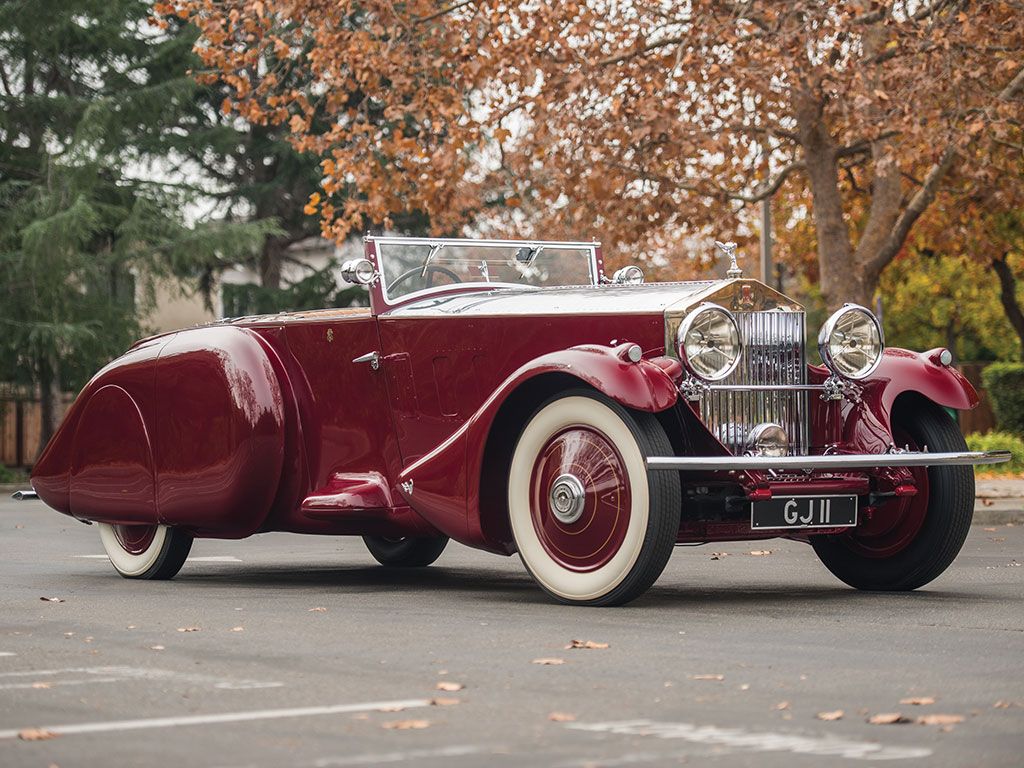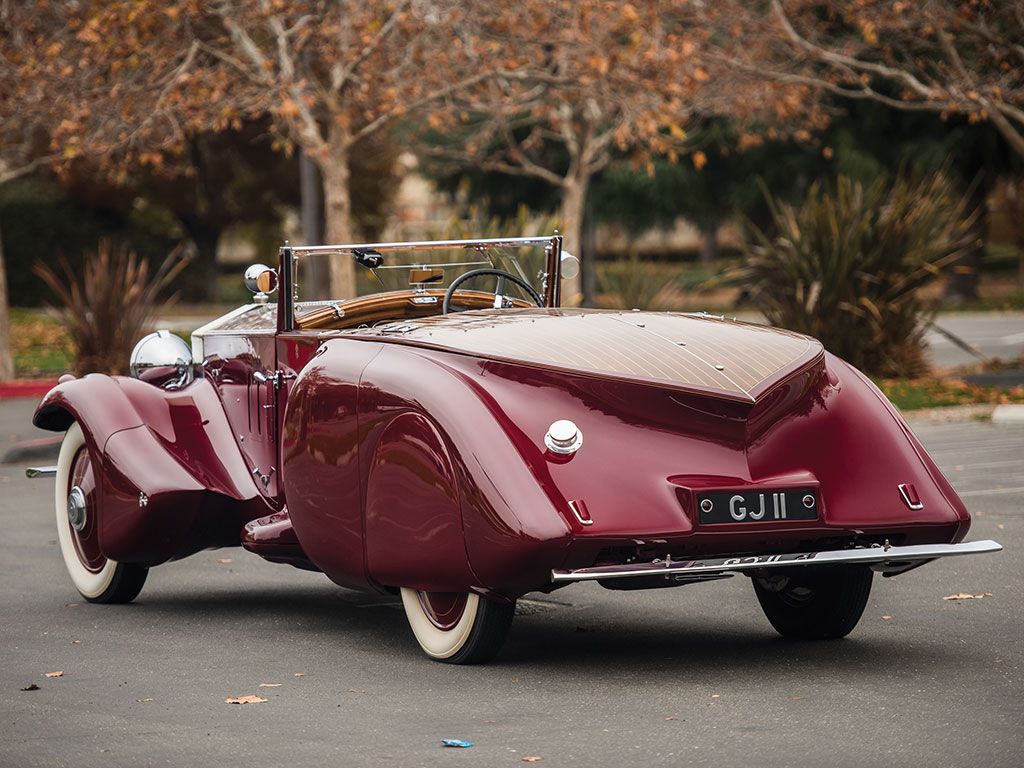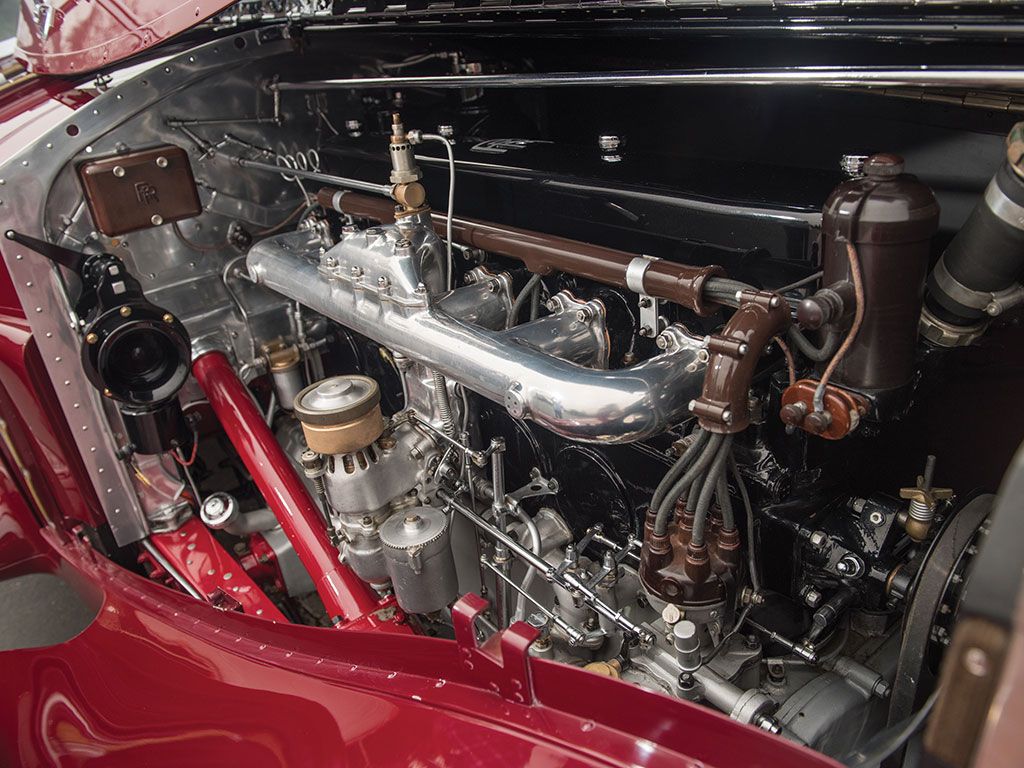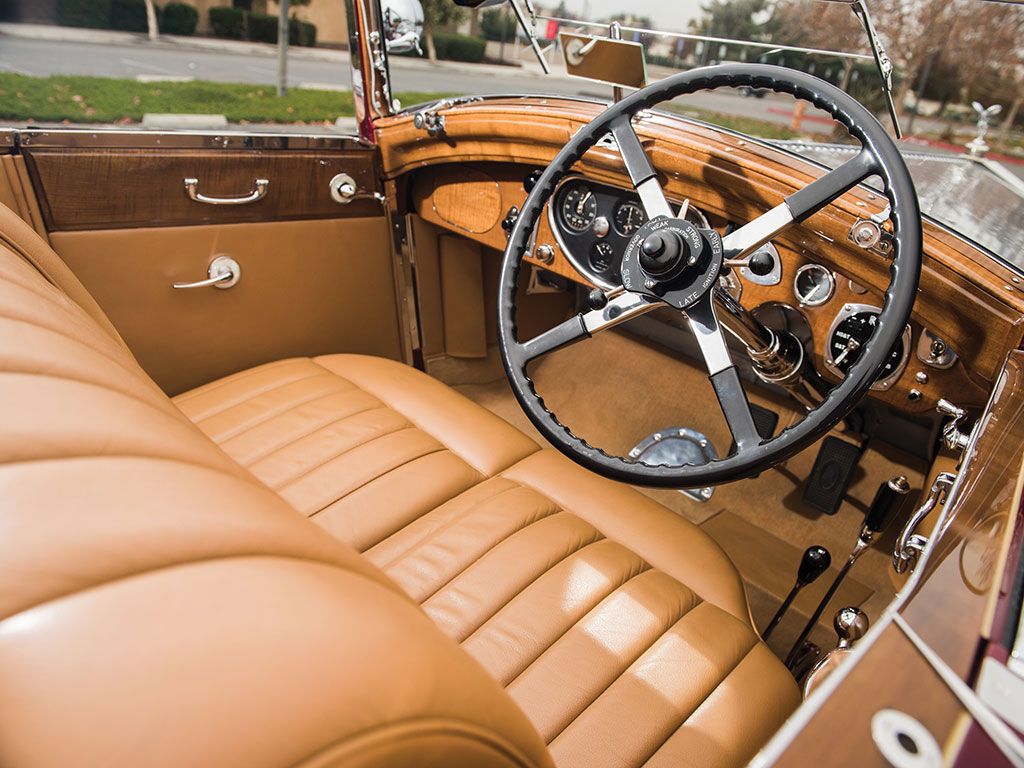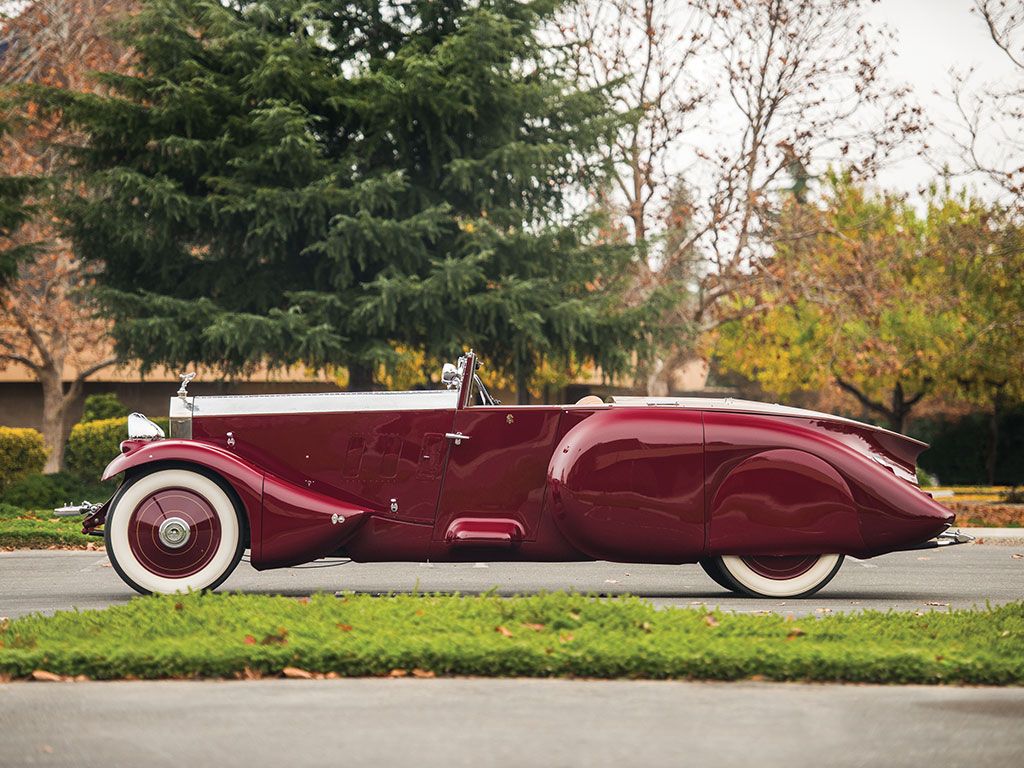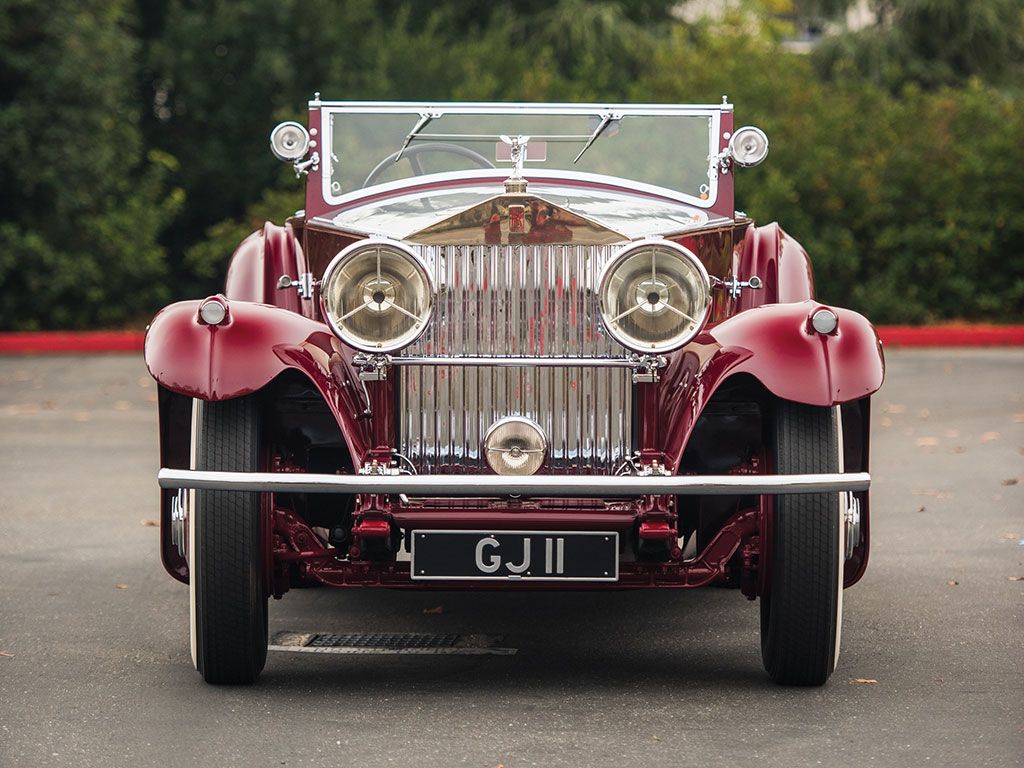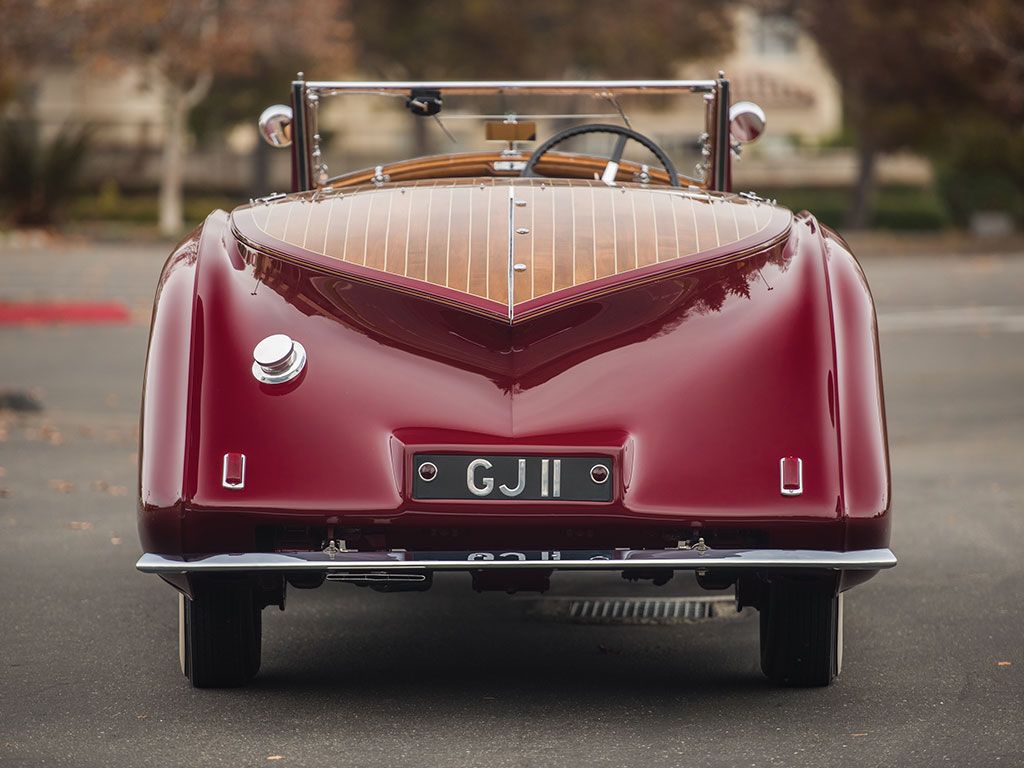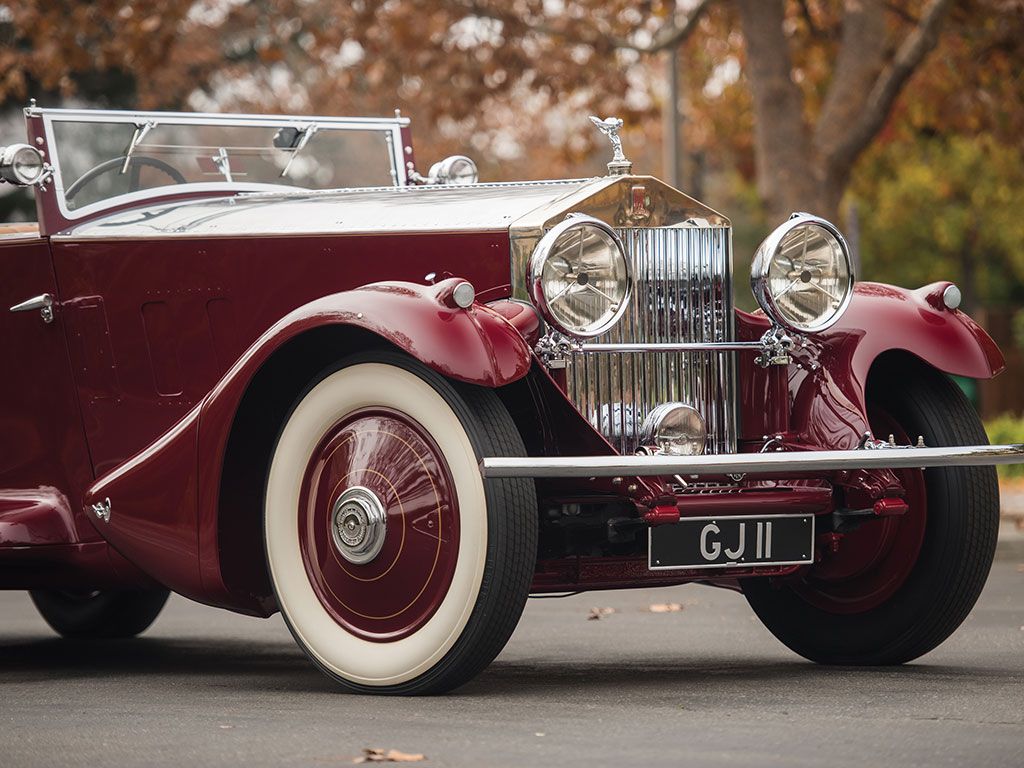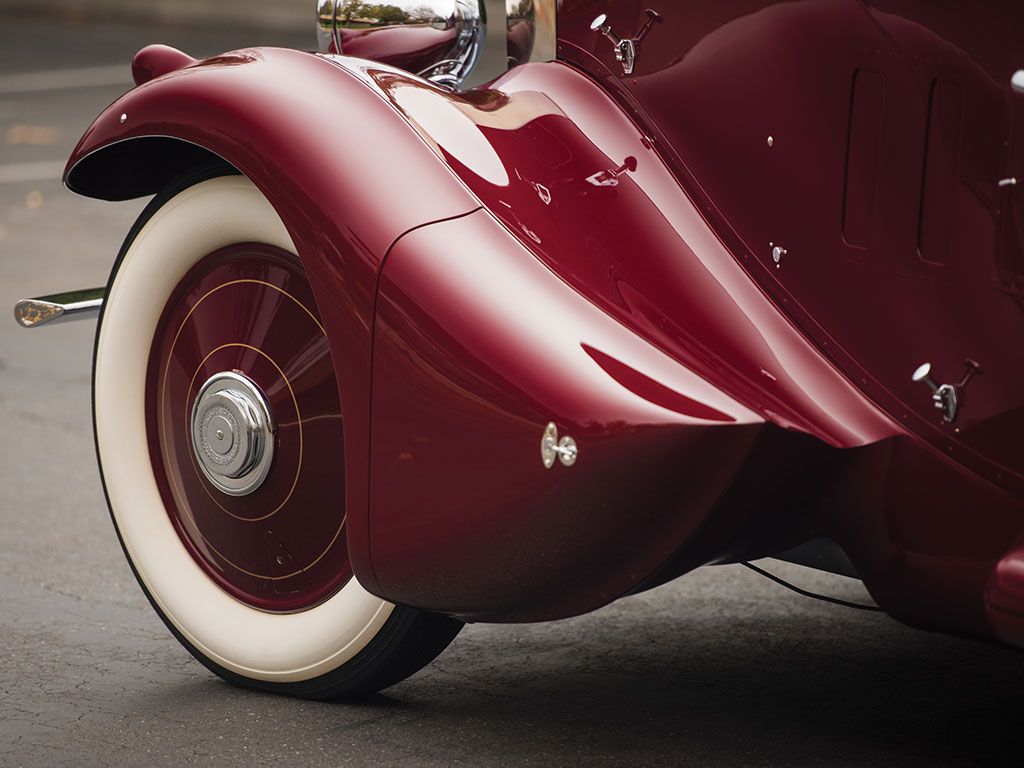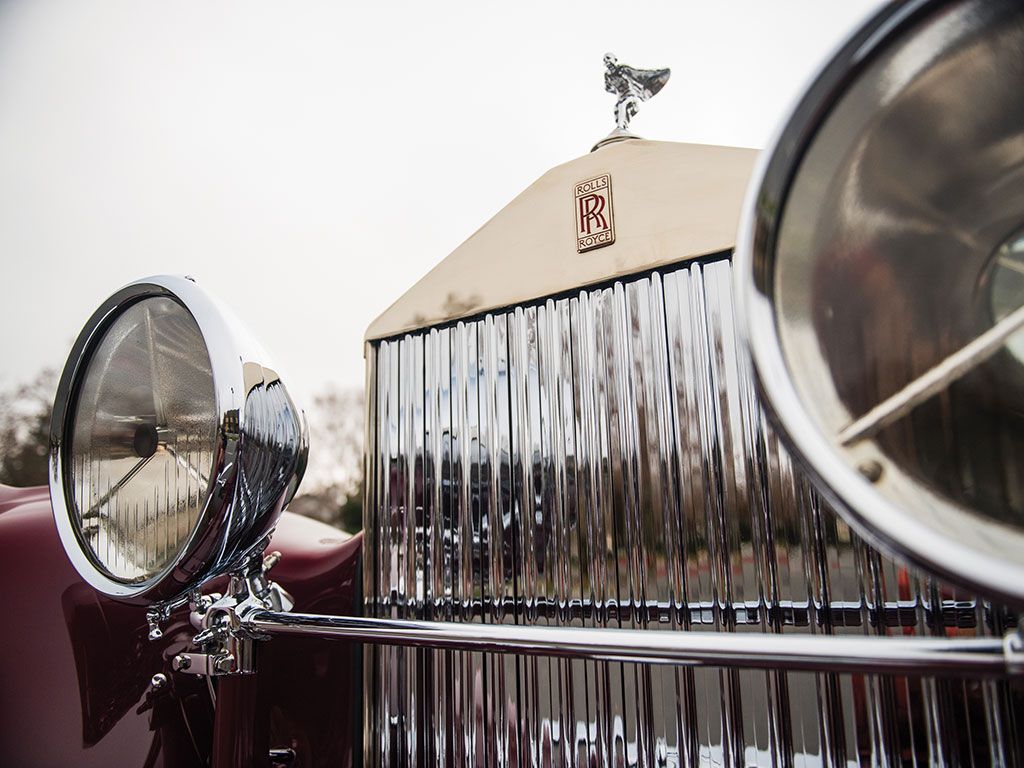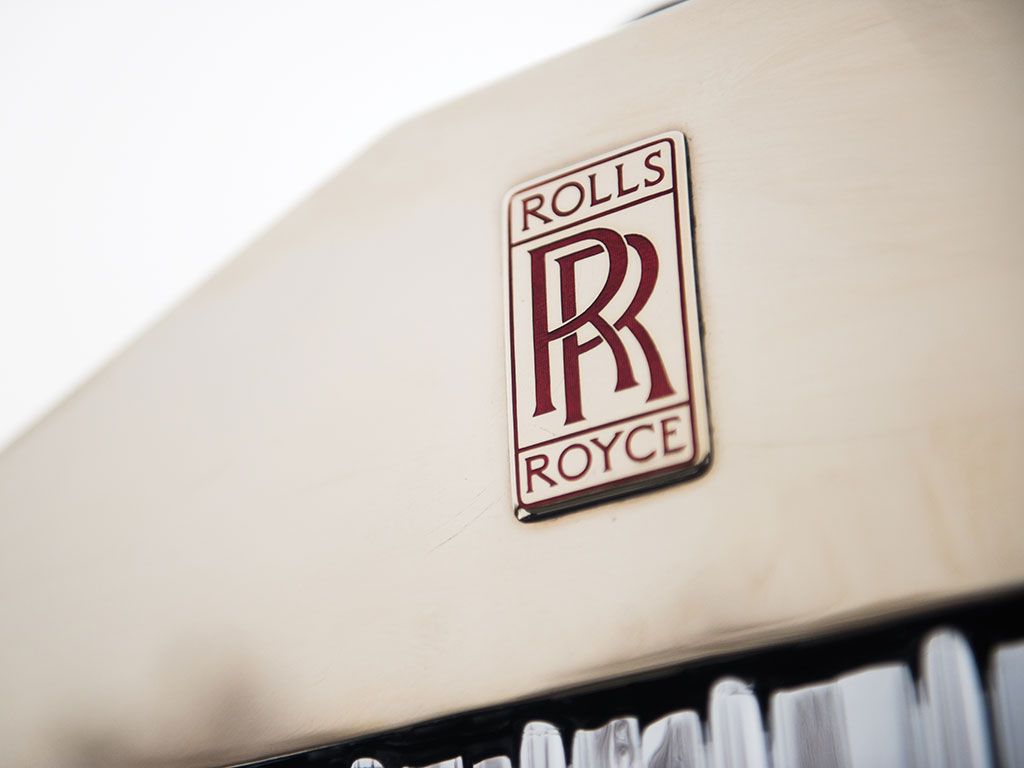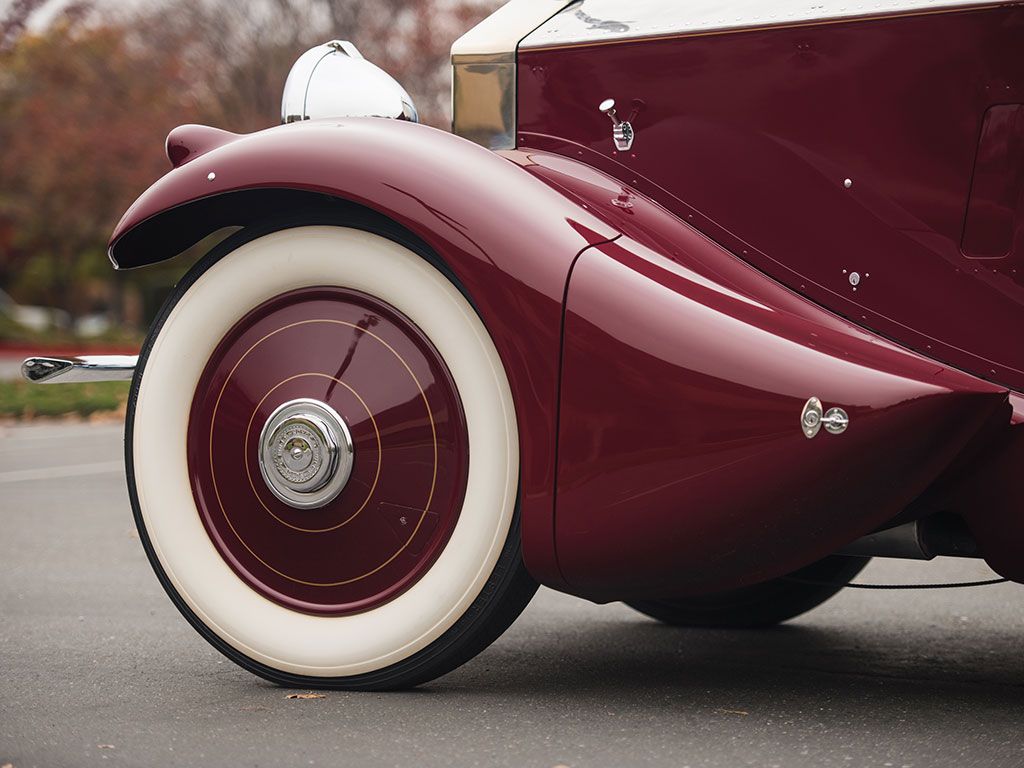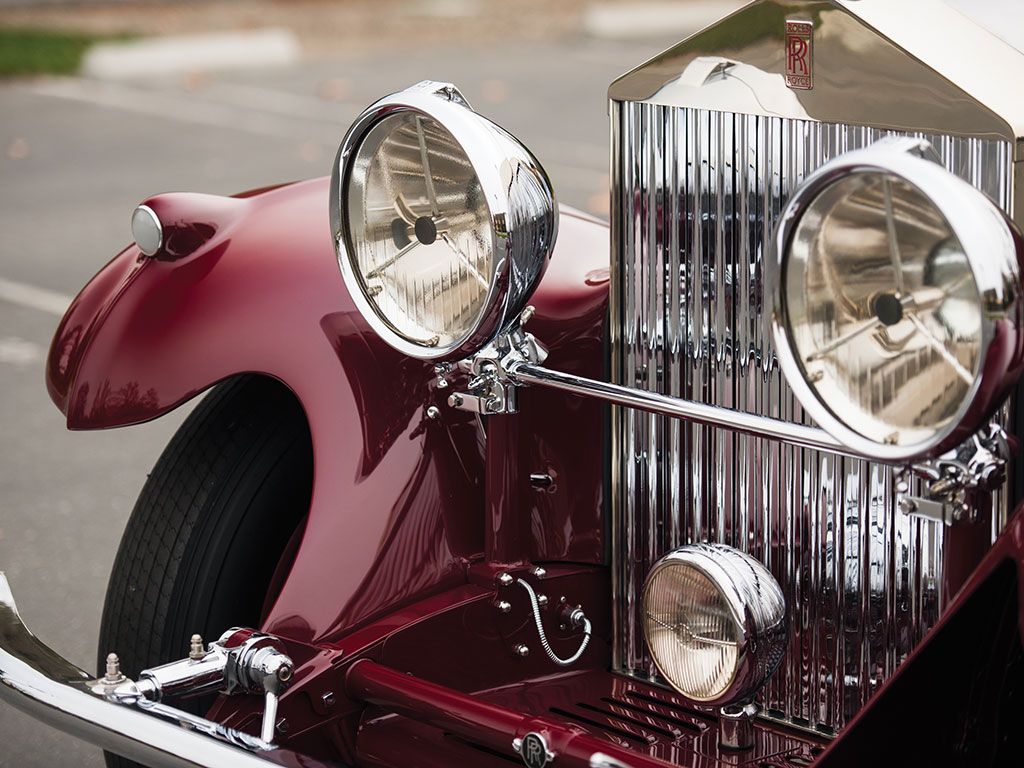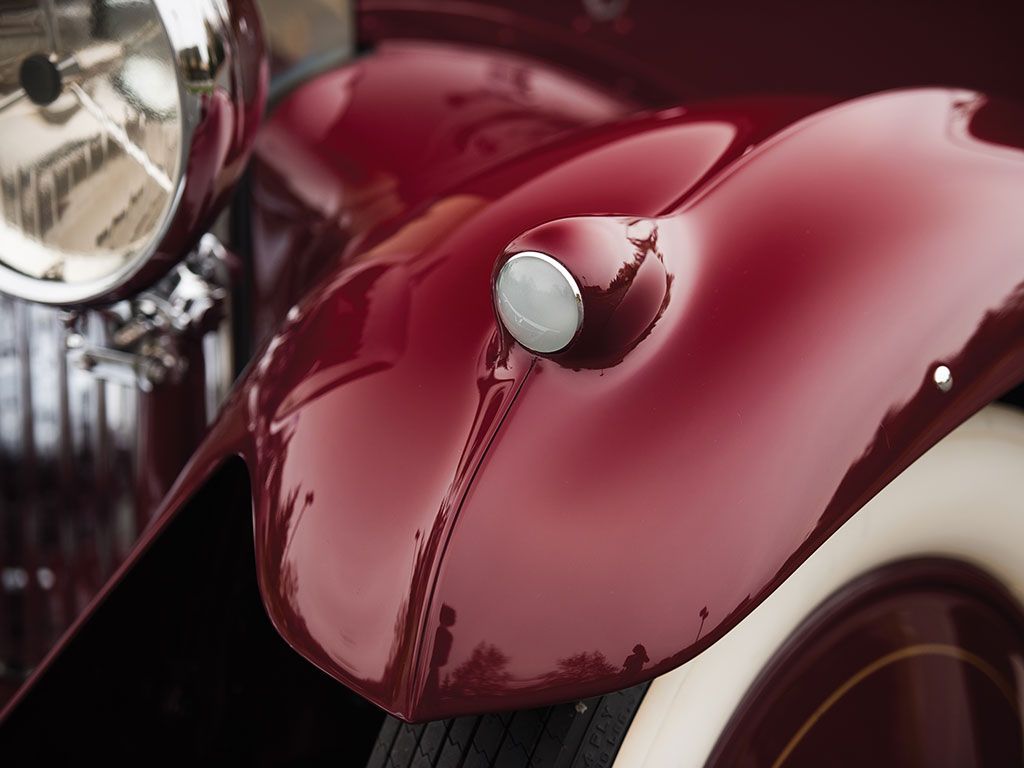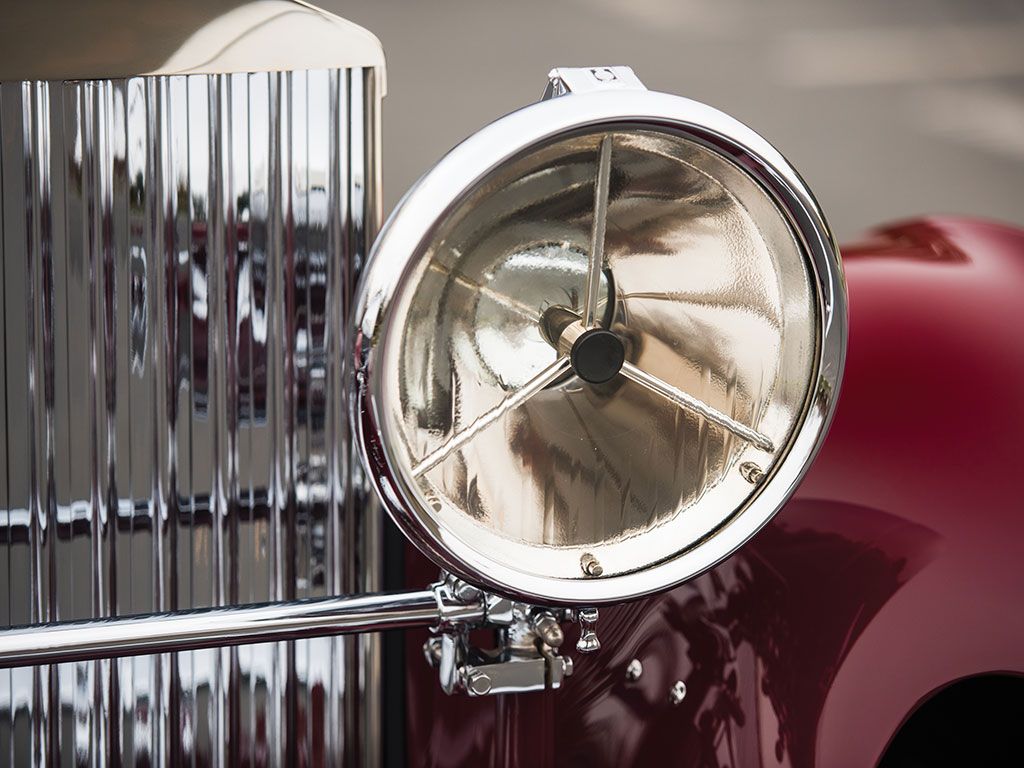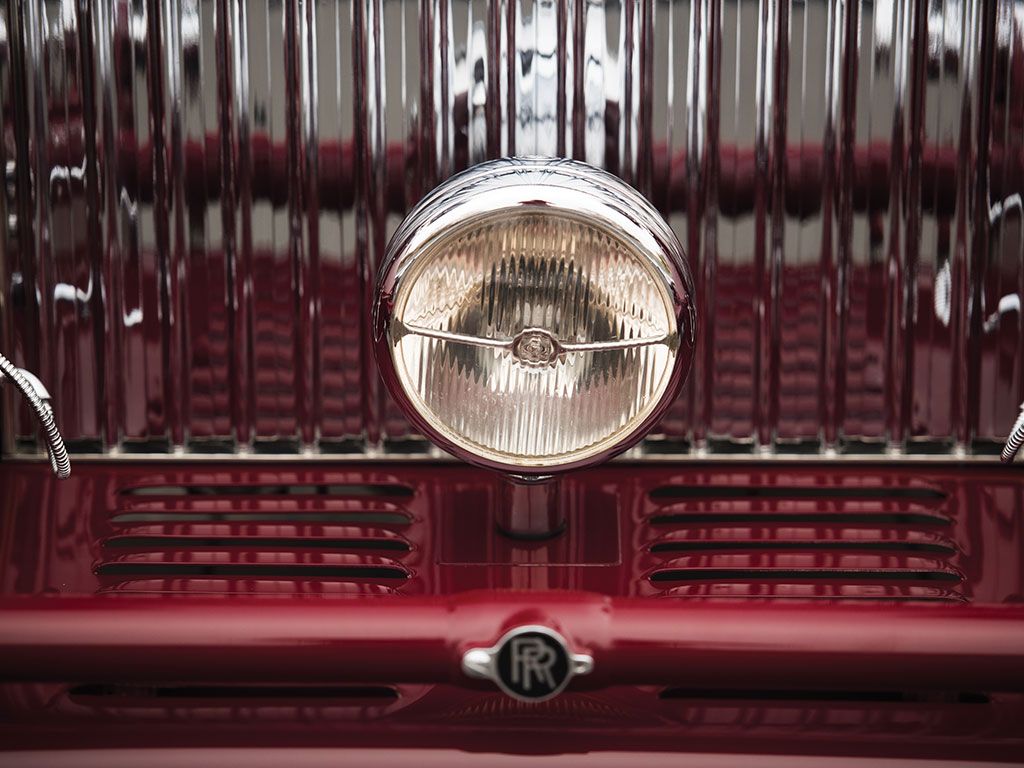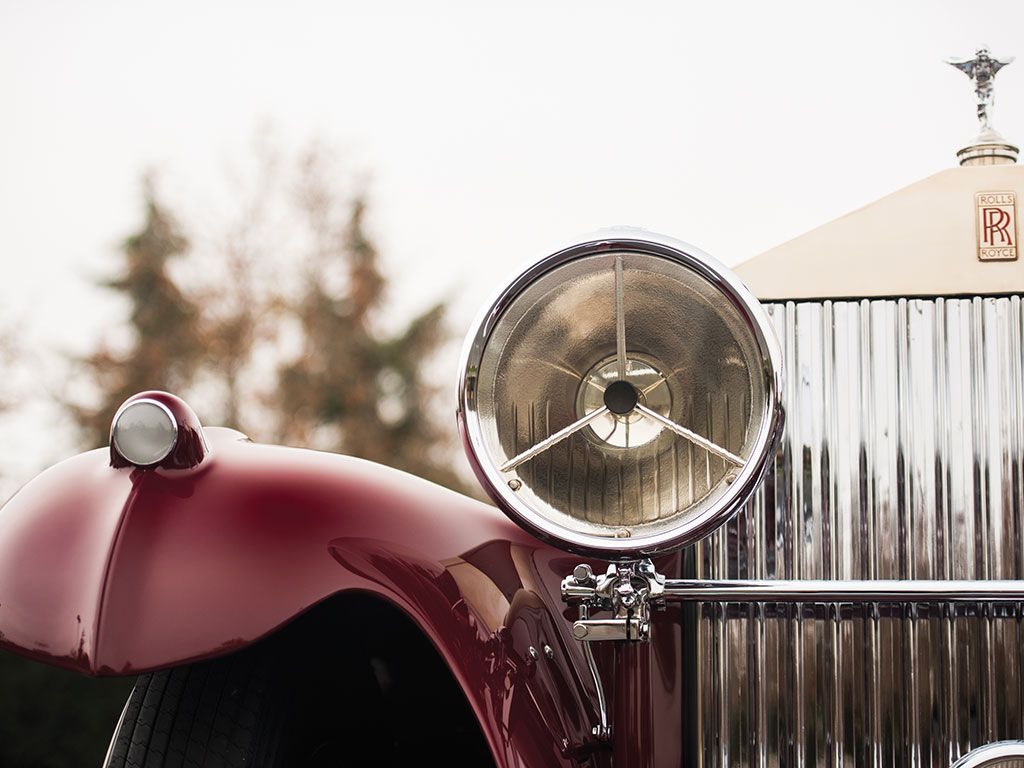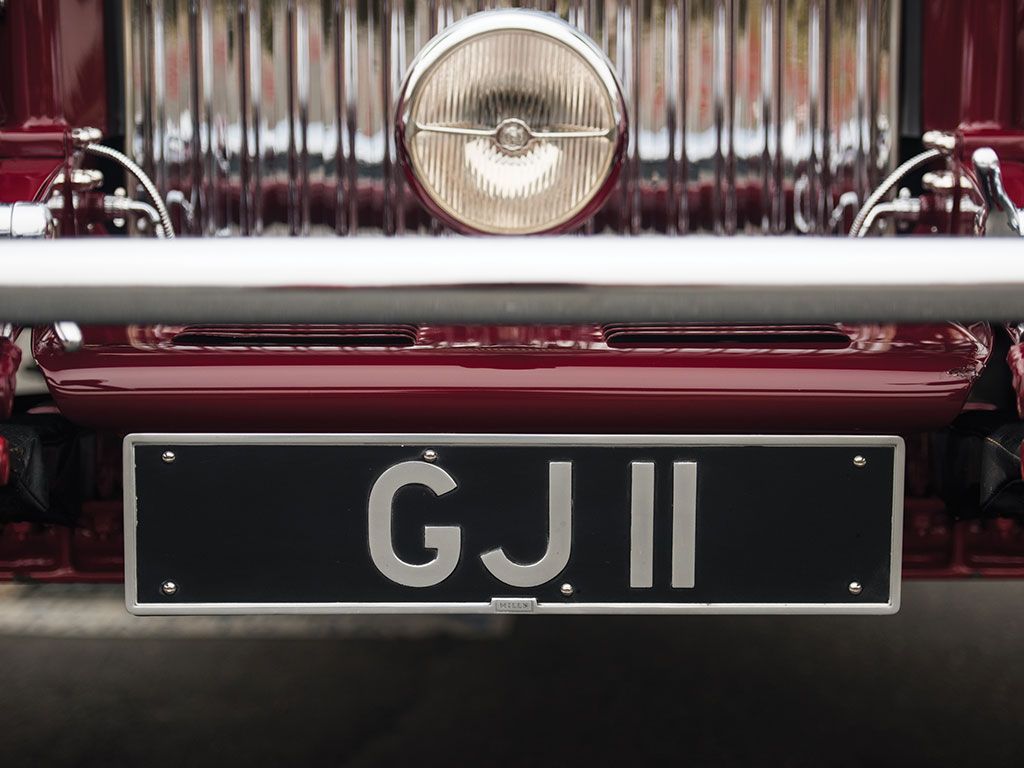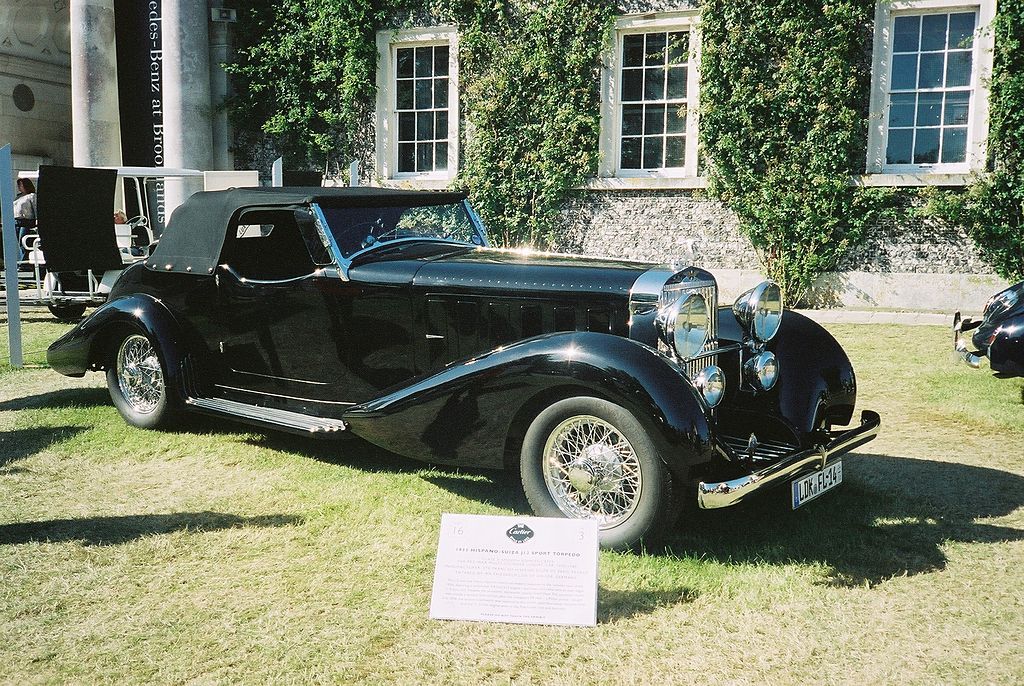There was no shortage of absolutely amazing luxury cars in 1930, all of the big names in luxury were still operating, and custom coachbuilt bodies were very much the norm. But even within the realm of these hyper-luxury cars->ke505 that were built for literal royalty, some were a bit more special than others. In the world of the Rolls-Royce Phantom II,->ke1283 which first debuted in 1929, it was the short-wheelbase Continental models that were the rarest and most coveted. These two-seat versions of the car are the rarest, and also the ones where the coachbuilders really got creative.
Most of the Phantom II bodies were built by the usual coachbuilders that worked with Rolls-Royce->ke74 on its volume-selling models, these being primarily Mulliner and Park Ward. But for really special models, cars that were being sold to royalty or the extremely rich, the chassis were frequently sent to Barker. That is what happened with this Phantom II Torpedo Sports, which sports an unusual body that was the absolute bleeding edge of design for 1930. This went on top of an all-new Continental chassis that was a complete redesign from the Phantom I. It's a different sort of car, but very much in a good way.
Continue reading to learn more about the 1930 Rolls Royce Phantom II Torpedo Sports.
1930 Rolls Royce Phantom II Torpedo Sports
- Make: Array
- Model: 1930 Rolls Royce Phantom II Torpedo Sports
- [do not use] Vehicle Model: Array
Exterior
In order to really get into what made the bodywork of of the Torpedo so special, it is important to discuss the difference between Art Deco and Streamline Moderne. Art Deco is sort of an umbrella under which much of the popular design, especially luxury design, from 1925 to the late '40s could be categorized. But Streamline Moderne (or Art Moderne as it is sometimes called) is a subset of Art Deco that would come along as a response to the Great Depression. Streamline is Deco that is stripped of much of its ornamentation, characterized more by clean lines than by intricate detail work. And although there were Deco details on plenty of cars before Streamline came along, it is only then that Deco started to be worked into the overall shape of the car itself, and most of what we call Art Deco in automotive design could be more specifically called Streamline Moderne. It's a design style that would be everywhere by the late '40s, but in 1930 it was brand new.
It was so new that when Barker showed off the Torpedo body at the 1930 London Motor Show, it caused quite a stir. The car you see here was orders as more or less an exact copy of the show car by a New York-based engineer. With the Moderne design style still being in its infancy, the Torpedo has a slightly unusual look. The running boards have been largely done away with, but a protruding step was still included on both sides directly under the doors. The also still uses side-mounted spare tires, but they are covered by the huge rear pontoon fenders. The car was built to resemble a yacht as much as was practical, and the back not only comes to a point in classic “boat-tail” fashion, but it is also topped in polished wood in order to actually look like a boat deck. The Pierce-Arrow Silver Arrow that debuted a few years later had a much more coherently Streamline design, but even if the Torpedo looks unusual, the design is still quite beautiful.
Interior
The nautical theme is continued on the interior with all of its highly polished and veneered wood trim. The interior is spacious, but still only sits two, in spite of the large overall size of the car. This wasn't unusual though, and the cars the Torpedo would have competed with would have been equally massive coupes with similar interior space. The use of chrome on the interior is fairly restrained for the time, and is actually pretty much in line with what you'd still find in a lot of boats even today.
Drivetrain
The engine in the Phantom II was the sort of thing that you just don't see anymore, a 7.7-liter inline-6. This carried over from the Phantom I, but was upgraded in several ways. The pushrod overhead-valve crossflow cylinder head was now aluminum, and featured a twin-spark system. This giant engine produced 120 horsepower, which wasn't a lot for an engine that size even in 1930, but for as sporty as the Torpedo was meant to be, it still shared an engine with the bigger Phantom II sedans that weren't at all built for big horsepower numbers. The engine was designed for smooth power delivery, rather than to have a whole bunch of power up at the top end. Still, the shorter wheelbase and stiffer chassis of the Continental did make for a car that could at least corner better than the big sedans.
Prices
Rolls-Royce built 1680 units of the Phantom II between 1929 and 1936, 278 of which were Continentals. That actually makes it one of the more popular (the word “common” has been purposely avoided here) of the ultra-luxury cars of its day. But this doesn't have as big an impact on the car's value as you might think. In many cases, prewar luxury car pricing is determined more by the coachwork than anything else, and the Torpedo has some really spectacular coachwork. RM Auctions is estimating that it will go for between $2.5 million and $3.5 million. To give you an idea of just how special this bodywork is, that sum is 10 or even 20 times what Phantom II sedans with more common Mulliner or Park Ward bodies regularly go for.
Competition
Cadillac V-16
Rolls-Royce was doing a lot of business in North America by this point in history, and it had therefore to compete with the titans of American luxury. Launched in 1930, the Cadillac Sixteen was surely one of those. Its V-16 ran the smoothest of any engine found in any car at the time, and Cadillac offered 70 different bodies just from the in-house coachbuilders, with the option of a bare chassis to be bodied by an independent coachbuilder available for anyone that wanted it. With more than 4,000 units sold, the car is one of the biggest success stories of any luxury car sold during the Depression.
Read our full review here.
Hispano-Suiza J12
In 1931, Hispano-Suiza debuted its biggest and most expensive car of all time. This was the J12, and it was powered by a beast of an engine, a 10-liter V-12 with a block machined from a single 700-pound billet. Just the chassis for this car cost more than some of the top luxury cars at the time cost with their bodies. It was the last hurrah of the company before the Spanish Civil War and then WWII effectively brought about its end.
Conclusion
With the huge price disparity between this car and nearly every other one with the same chassis, it's clear that the bodywork of the Torpedo is what makes it really special. It is unique in being shaped by a design style that wasn't really fully evolved yet, and it still manages to look beautiful. It represents the crossroad in automotive design when the industry started moving away from taller and largely functional bodies and began making really sleek and stylish machines. The nautical touches are interesting as well. While not unique to this car, they are particularly well executed here, and this is one of the only time that the term “land yacht” can be used in a sense that isn't derogatory.

